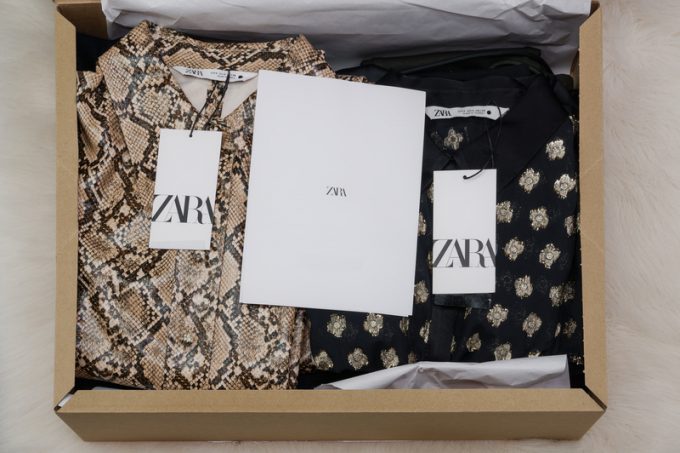Canning capacity as ecommerce bubble breaks
What a pile up

Inditex, a pioneer in fast fashion and the strategic use of airfreight, may be in the vanguard of a new trend. The company behind the Zara brand is moving away from free returns, one of the central mantras of the ecommerce era.
Since last month Zara has charged consumers €2.95 if they send purchases back. In the UK the levy is £1.75, which the retailer deducts from the refund.
Zara is not alone. Uniqlo, another fashion chain, charges consumers who return online ...
Outlook for container shipping 'more uncertain now than at the onset of Covid'
Transpac container service closures mount
Shippers warned: don't under-value US exports to avoid tariffs – 'CBP will catch you'
Cancelled voyages take the sting out of spot rate declines this week
New Houthi warning to shipping as rebel group targets specific companies
Blanked sailings in response to falling demand 'just a stop-gap solution'
K+N CEO unveils impact of US import tariffs on China-origin goods
CMA CGM to reflag box ship as the French carrier eyes growing Indian market
UK pauses tariffs on 'everyday' items
Boeing looks to resell up to 50 aircraft rejected by Chinese buyers
'Strong start' to 2025, despite market uncertainty, says Kuehne + Nagel
More pressure on transpacific rates as carriers bet on a China-US trade deal
US Customs chaos means 'more downside risk than upside potential' for air cargo
Taiwan ministries act to mitigate effect of trade war on agriculture exports
Wan Hai joins box shipping 'arms race', but avoids Chinese yards for newbuilds


Comment on this article